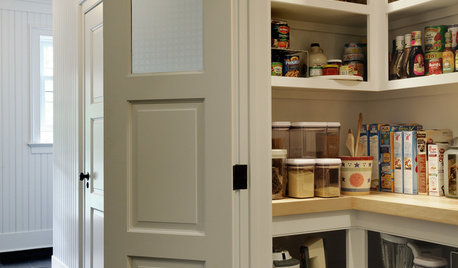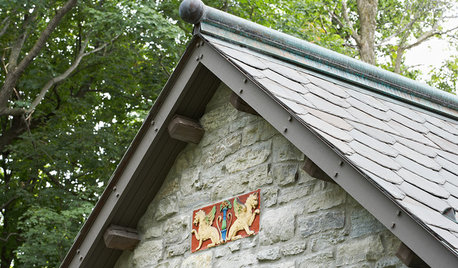roof replacement - what do I need to learn now?
blackcats13
15 years ago
Featured Answer
Comments (10)
mightyanvil
15 years agolast modified: 9 years agokimcoco
15 years agolast modified: 9 years agoRelated Professionals
Buffalo Kitchen & Bathroom Designers · Everett Kitchen & Bathroom Designers · Grafton Kitchen & Bathroom Designers · Eagle Mountain Kitchen & Bathroom Remodelers · East Tulare County Kitchen & Bathroom Remodelers · Andover Kitchen & Bathroom Remodelers · Apex Kitchen & Bathroom Remodelers · Fremont Kitchen & Bathroom Remodelers · Galena Park Kitchen & Bathroom Remodelers · Hickory Kitchen & Bathroom Remodelers · Rancho Palos Verdes Kitchen & Bathroom Remodelers · Shawnee Kitchen & Bathroom Remodelers · Toms River Kitchen & Bathroom Remodelers · Auburn Hills Architects & Building Designers · Cloverly Architects & Building Designersmainegrower
15 years agolast modified: 9 years agoblackcats13
15 years agolast modified: 9 years agoworthy
15 years agolast modified: 9 years agoblackcats13
15 years agolast modified: 9 years agoblackcats13
15 years agolast modified: 9 years agoworthy
15 years agolast modified: 9 years agoblackcats13
15 years agolast modified: 9 years ago
Related Stories

FUN HOUZZEverything I Need to Know About Decorating I Learned from Downton Abbey
Mind your manors with these 10 decorating tips from the PBS series, returning on January 5
Full Story
FEEL-GOOD HOME12 Very Useful Things I've Learned From Designers
These simple ideas can make life at home more efficient and enjoyable
Full Story
GARDENING GUIDESHow I Learned to Be an Imperfect Gardener
Letting go can lead to a deeper level of gardening and a richer relationship with the landscape. Here's how one nature lover did it
Full Story
HOUSEKEEPINGAll Together Now: Tackle Home Projects With a DIY Co-op
You're in good company when you pair up with a pal to clean, organize, repair and replace
Full Story
LIFEThe Day She Learned the Serenity Prayer for Homeowners
A flooded house and a high school graduation party intersect to teach some life lessons
Full Story
ARCHITECTUREKnow Your House: Learn the Lingo of Rooftops
Knowing the language of rooftop design will help you through your next repair or remodel project
Full Story
CONTRACTOR TIPS6 Lessons Learned From a Master Suite Remodel
One project yields some universal truths about the remodeling process
Full Story
MOST POPULAR15 Remodeling ‘Uh-Oh’ Moments to Learn From
The road to successful design is paved with disaster stories. What’s yours?
Full Story
DECORATING GUIDES10 Design Tips Learned From the Worst Advice Ever
If these Houzzers’ tales don’t bolster the courage of your design convictions, nothing will
Full Story
GARDENING FOR BUTTERFLIESA Quick-Start Guide to Bird-Watching for Fun and Learning
Set out some seed and grab your field guide. Bird-watching is an easy, entertaining and educational activity for the whole family
Full StoryMore Discussions








Carol_from_ny